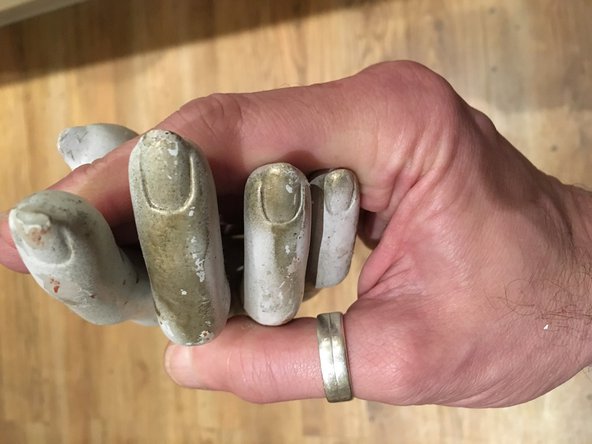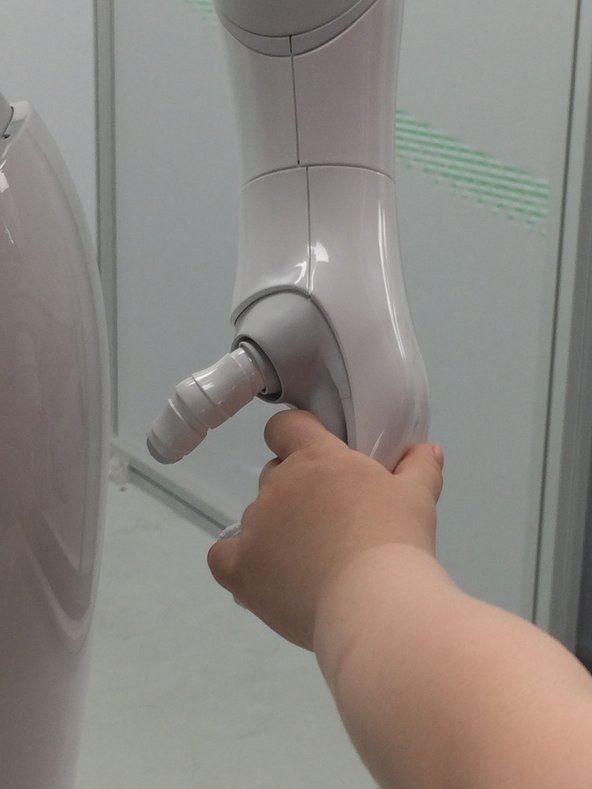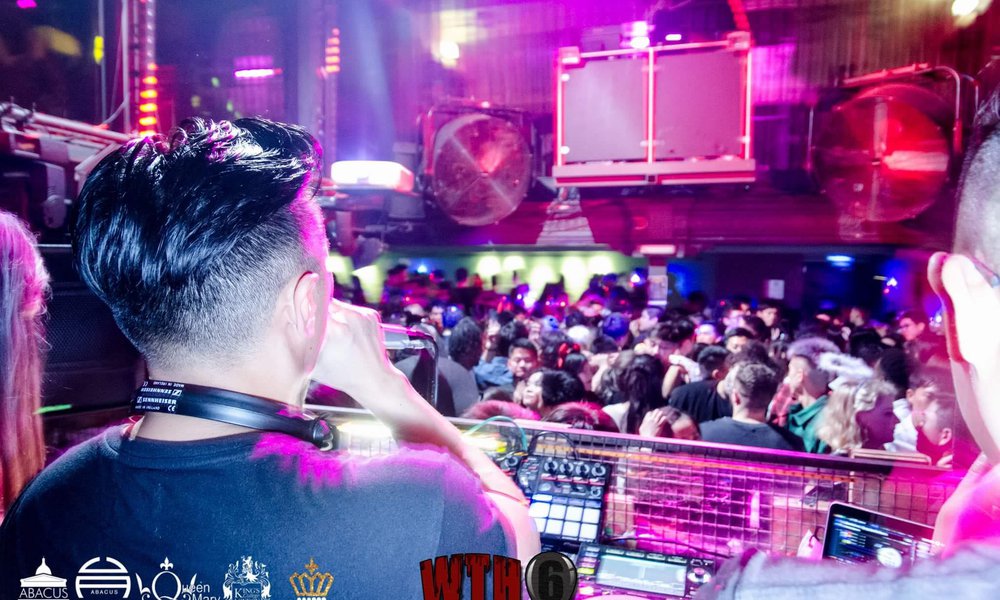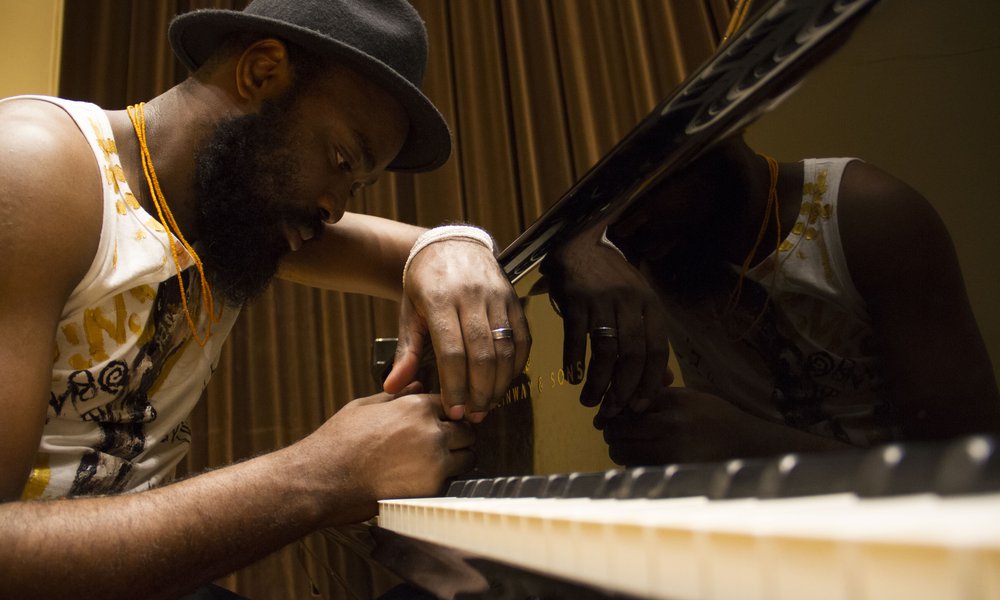Imagining the perfect prosthetic hand
by Professor Stuart Murray
18 Jun 2018
This blog post is part of our Summer Showcase series, celebating our free festival of ideas for curious minds.
Disability is often thought of as being about something that’s missing, something that’s not there. While variations in types of disability are huge, they can appear to be united by an idea of absence, a sense of lack or loss. The disabled body, this logic runs, is not complete, somehow not whole. However, a non-disabled person looking at someone with disabilities can be made uneasy by a feeling that there’s too much to see, too much to take in, too much difference. Disability can be a reminder of just how precarious our understanding of humanity and ‘the human’ is.
This kind of complex ambiguity is in fact a commonplace disability experience. Living with disability, whether your own or maybe in your family, can become very ordinary very quickly. All the daily tasks that need doing still need to be done. They may have to be done differently, but they’re still part of everyday life.
How we use our hands
The project team working on the ‘Engineering the Imagination’ team at the University of Leeds, a combination of researchers working in English and Engineering, began to think about these ideas of the ordinary and extraordinary in relation to being disabled and seeing disability. We found ourselves focusing on hands as a way to express some of these ideas. Hands are one of the most useful and expressive parts of our body. They perform a wide variety of functions, from the utility of picking something up to more abstract notions of communication that we see when someone uses their hands to accompany speech. What hands mean is rooted in complicated language: we use descriptive terms to describe our fingers for example – index, middle, ring and little fingers – but have a variety of other intricate ways to signal the suggestive nature of what hands can represent. So, people might be even-handed, an act can be underhand, an approach high-handed, or a compliment back-handed. The work that hands do is layered and complex.

Thinking beyond replacement
Thinking of hands specifically in terms of disability, as ‘Engineering the Imagination’ does, adds to this. If someone has a reason to have a prosthetic hand fitted, that hand is usually thought of in terms of replacement; the best thing it can do is to duplicate, as much as possible, the hand that is missing. But a prosthetic hand that performs the motor functions of a human hand – holding or moving something for example – is only doing part of the work hands do. We found ourselves wondering if you could design a prosthetic or artificial hand that was meant to convey emotion: fear, say, or embarrassment. And in thinking through these ideas, we realised that an artificial hand that might be designed to do this didn’t necessarily need to look or feel like a human hand. What if it had six or seven fingers for example, or those fingers were far longer or more flexible than human fingers? What if it had two thumbs, or was green, or could glow? What if some combination of these novel features made this hand better at communicating empathy, or shyness, or guilt? What if instead of disability being understood as absence or lack, the difference it signals could be contributing to something more effective than a non-disabled hand?
We started designing and building the hands for the ‘Engineering the Imagination’ project with all these ideas in mind. The process involved multiple challenges. It was one thing to imagine hands in this way, to talk to people who used their hands for their primary work or learn from the experiences of those who had lost, or never had, fingers, but it was something altogether different to construct an artificial hand accordingly. Where should any new joints be placed? How could you add colour or touch sensitivity? What about weight distribution? And did it make any difference if, because such a hand could do some things differently, it became less good at doing other things? Our imaginings and philosophising met the (literal) nuts and bolts of production as we continued.

Challenging the norm
A central result of our work, we realised, was that we were making people – ourselves included - self-conscious about their hands. We all became more attentive to how hands work and how we use them. And this then looped back to the idea of being uneasy when we see the disabled body. A deliberately-designed disabled artificial hand appears counterintuitive; it is another example of something somehow apparently being wrong or too much. To realise this, however, is to see how disability can be informative and productive, how it can challenge what we understand to be normal and offer alternatives that we may not have considered.
The hands we have made for ‘Engineering the Imagination’ are not meant to be actually used, but it is precisely because of this that they raise so many questions, including some – around what constitute ideas of ‘utility’ or ‘function’ for example – that may well help real constructions of prosthetics in the future. At the Summer Showcase we want people to come and interact with the hands: look at them, feel them, react to them, be challenged by them. Our belief is that, following this, how hands appear and what they mean won’t appear as straightforward as it might seem.
Stuart Murray is Professor of Contemporary Literatures and Film, and Director of the Centre for Medical Humanities at the University of Leeds.



